lthough snake plants are not known for their unruly nature, they sometimes go a little out of control. Pruning your snake plant can help tame the size and shape as well as remove damaged leaves. However, improper pruning can do more harm than good to your plant. Keep reading to learn about the best way to prune your snake plant.
Pruning of snake plants – the essential
Pruning snake plants can remove unhealthy leaves and change plant size and shape. To prune your snake plant, use a sharp and sanitized knife or scissors. Identify the leaves you want to remove and cut them as close to the ground line as possible.
The role of pruning in plant health, growth and care
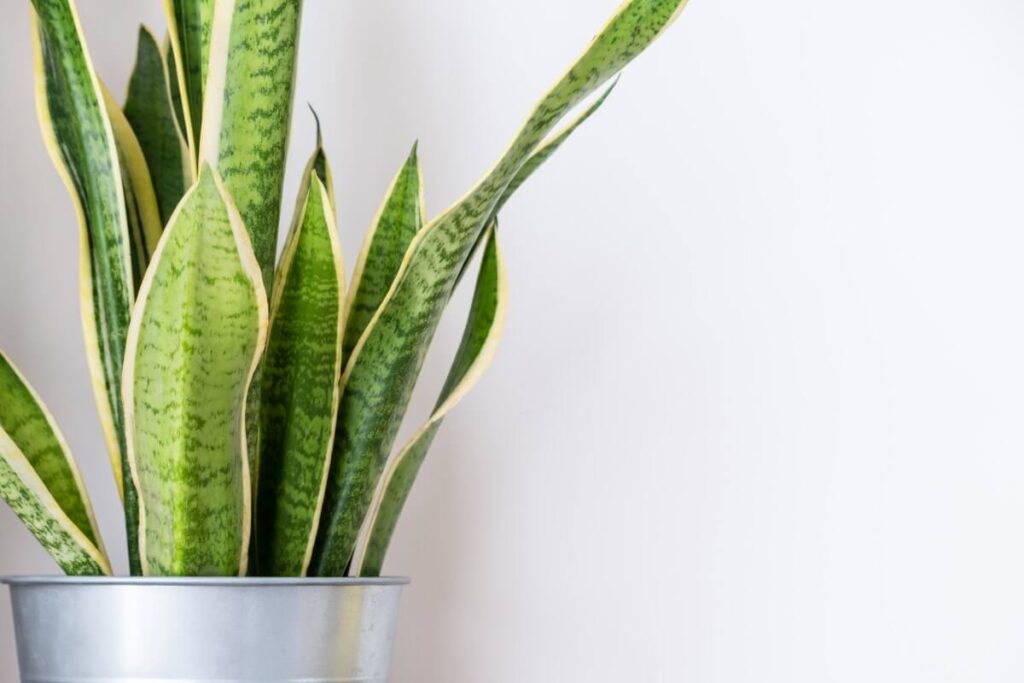
You have put in the work of giving your snake plant the right soil, water, temperature and sunlight. But do not stop there! Pruning your snake plant allows it to continue to thrive and provide all of its beneficial properties.
In general, you prune snake plants for one of three reasons: to remove damaged leaves, to reduce the size or to change the shape.
Leaving diseased leaves on the plant is not a good idea. If these diseased parts remain, the pathogen can spread throughout the plant. In addition, your snake plant will send unnecessary energy to the infected leaves.
By pruning infected leaves, you reduce the spread of diseases and let your plant send its energy to healthy leaves. You can also prune away ugly leaves, such as those damaged by cold temperatures or direct sunlight.
Even if your snake plant looks healthy, pruning can help keep it a manageable size.
Snake plants produce leaves from underground stems called rhizomes. Plants will continue to send up leaves, eventually leading to a crowded pot. If you do not want to replant your plant into a larger container, you can prune some of the leaves.
Pruning can also help you keep your plant at a desired height.
Growth expectations – How fast, long and wide will snake plants grow indoors?
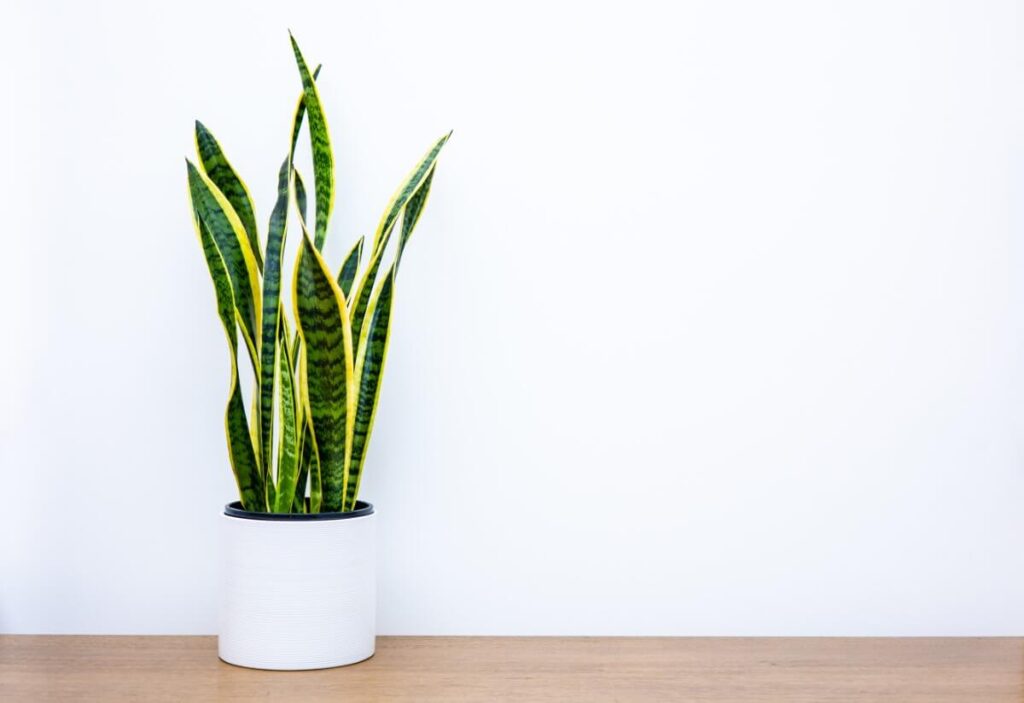
While many people use the term snake plant to refer to the tall and thin leaves on Dracaena trifasciata, there are many species of snake plants. Each species grows to different heights indoors.
In general, snake plants are relatively slow-growing plants. But their growth rate depends largely on their environmental conditions.
When snake plants get very strong, indirect light, they grow faster. Under ideal indoor conditions, they can grow up to one foot each year. These plants will also set out another four to ten leaves per year.
However, low light conditions will lead to slower growth. If you keep your snake plant in a dark area, expect it to grow only a few inches each year. It will also produce fewer new leaves per year.
Mother-in-law’s tongue worm plants can grow up to eight feet tall indoors under ideal conditions. They can also grow over three feet wide, but their width can be limited by the size of the planter.
What is the best time of year to prune a snake plant?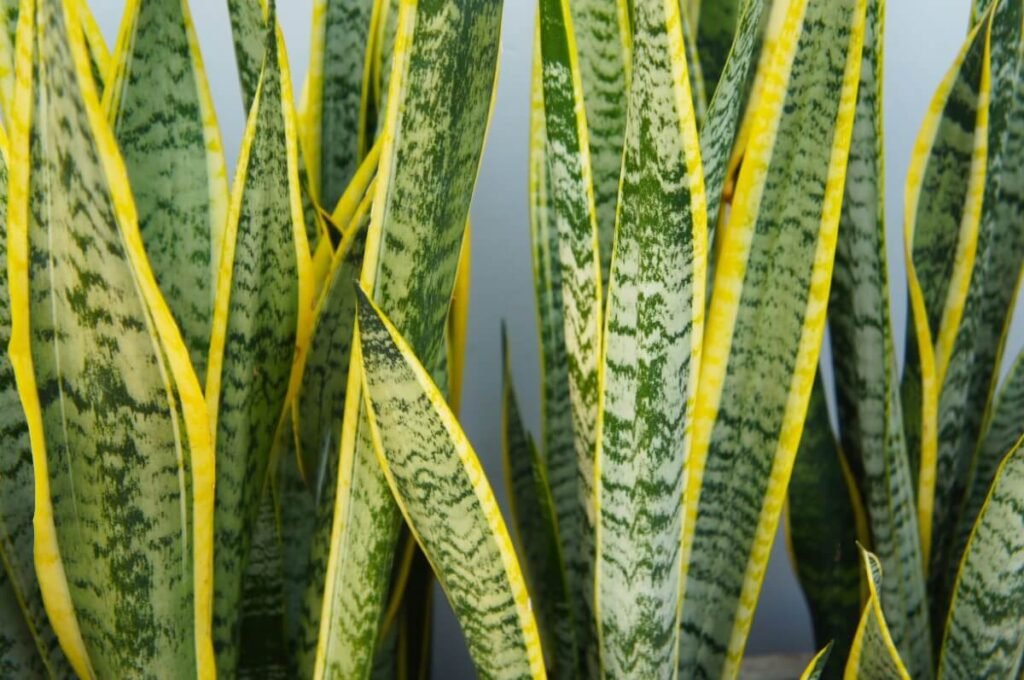
The best time of year to prune a snake plant is in the spring or summer when your plant is actively growing. However, if you need to remove damaged leaves, it is okay to prune your plant at other times of the year.
Fortunately, you do not need many tools to prune your snake plant. A sharp knife or scissors will do the trick.
An extremely sharp blade provides clean cuts and easy work. With that said, sharpen your tool if needed.
Before using your knife or scissors, be sure to disinfect the tool. Washing the tool in warm soapy water is a good method. Alternatively, you can wipe the leaves with rubbing alcohol.
How, when and where to prune snake plants?
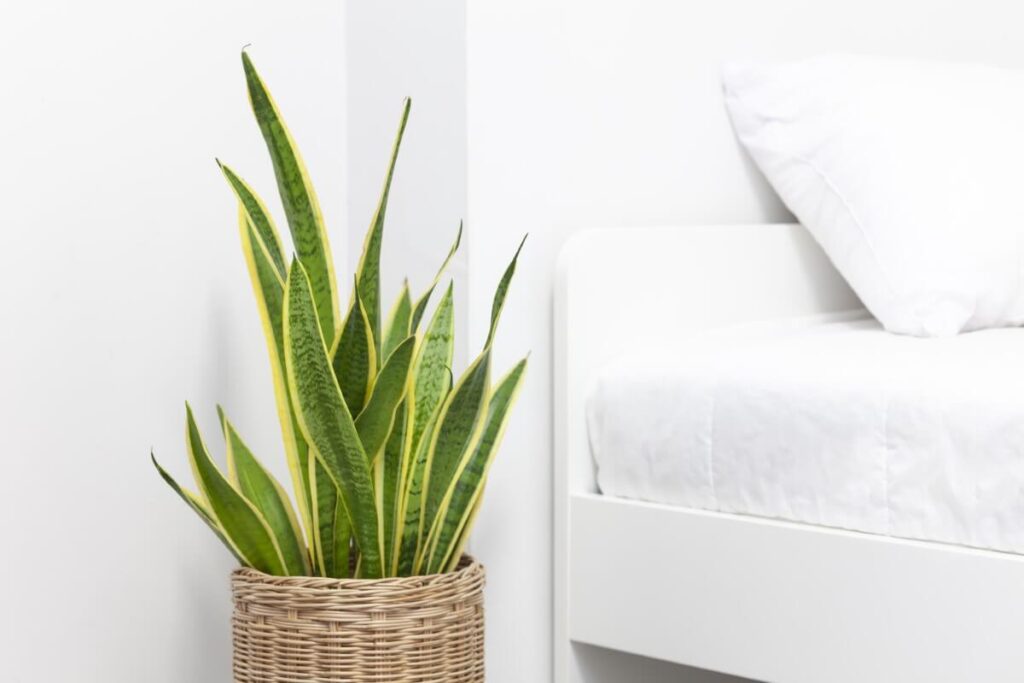
The best time to prune snake plants is in the spring. However, do not be afraid to remove diseased or damaged leaves at any time of the year.
When it’s time to prune your snake plant, you want to remove the leaves at the base. This is the safest way to prune snake plants.
Although you can cut leaves near the tip or center, this is not recommended. It produces odd leaves, but it also opens up diseases for your plant.
Do not remove more than one third of the plant’s leaves at a time. If you do, your plant may have a hard time recovering.












Pruning to remove damaged leaves
Pruning allows you to remove leaves damaged by pests, diseases, direct sunlight, cold temperatures or other problems. You can also make sure to cut down hanging, obsolete or yellow-colored leaves. To do so, follow these steps.
- Inspect your snake plant for signs of damage. If all of your plant’s leaves are damaged, pruning is not the best option. However, if only a few leaves are damaged, pruning can improve the overall health of your plant.
- Cut infected leaves as close to the base of the soil as possible. Use a quick cut instead of a few prickly cuts.
- Use your hands to remove the loose leaves. Discard these leaves to avoid spreading diseases.
Although pruning a damaged plant is likely to help it in the long run, pruning is still a stressful process. Therefore, do not be shocked if your plants look a little sad in the following weeks.
Pruning to reduce size
As we mentioned above, you can prune your snake plant to keep it the size you want. Pruning can reduce both the height and width of your snake plant.
- Think about the ideal final size of your plant.
- Use this target as a guide, identifying leaves that you should prune. If you are aiming to reduce the height, select the highest leaves. And if you want to reduce the width, you will look at the outer leaves.
- Once you have identified the leaves to be removed, carefully cut them off at the base. Check each blade before cutting to make sure you are pruning the correct blade.
- Remove the pruned leaves from your plant’s container.
Avoid pruning more than a third of your plant’s leaves at one time. Remember that pruning is a stressful event! By limiting how much you prune at once, your snake plant will be able to make a quick recovery.
Although it is possible to compost your pruned leaves, you can also use these leaf cuttings to propagate new snake plants.
How do you shape snake plants?
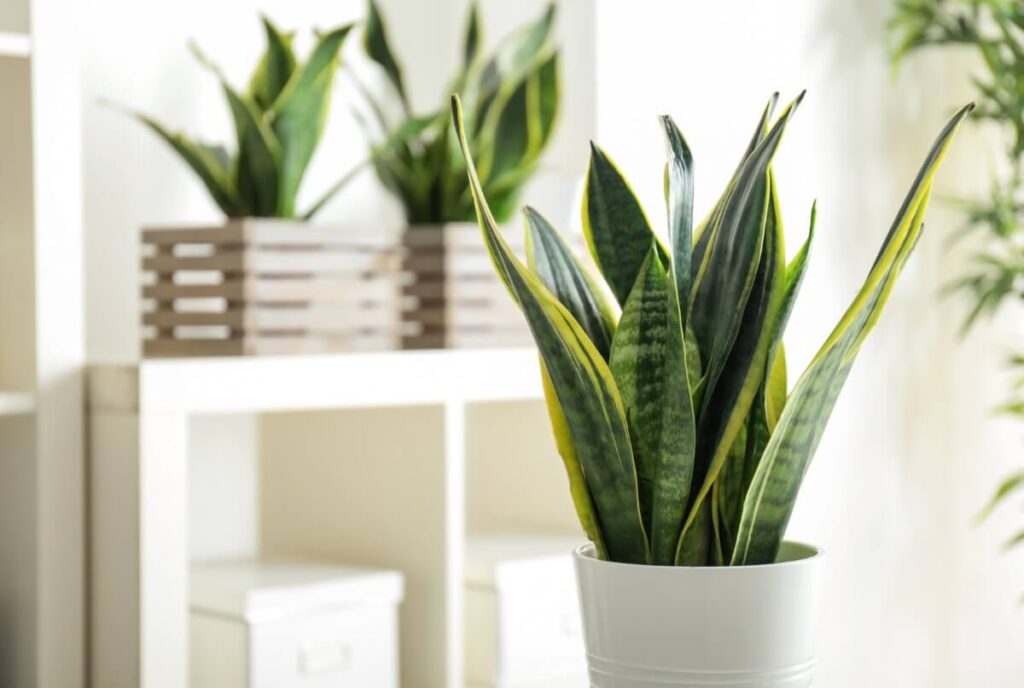
While snake plants are known for their upright leaves, the plant sometimes develops a slightly quirky shape.
If you find any leaves that are out of line, you can remove them at their base. This will help your plant return to a desirable shape.





